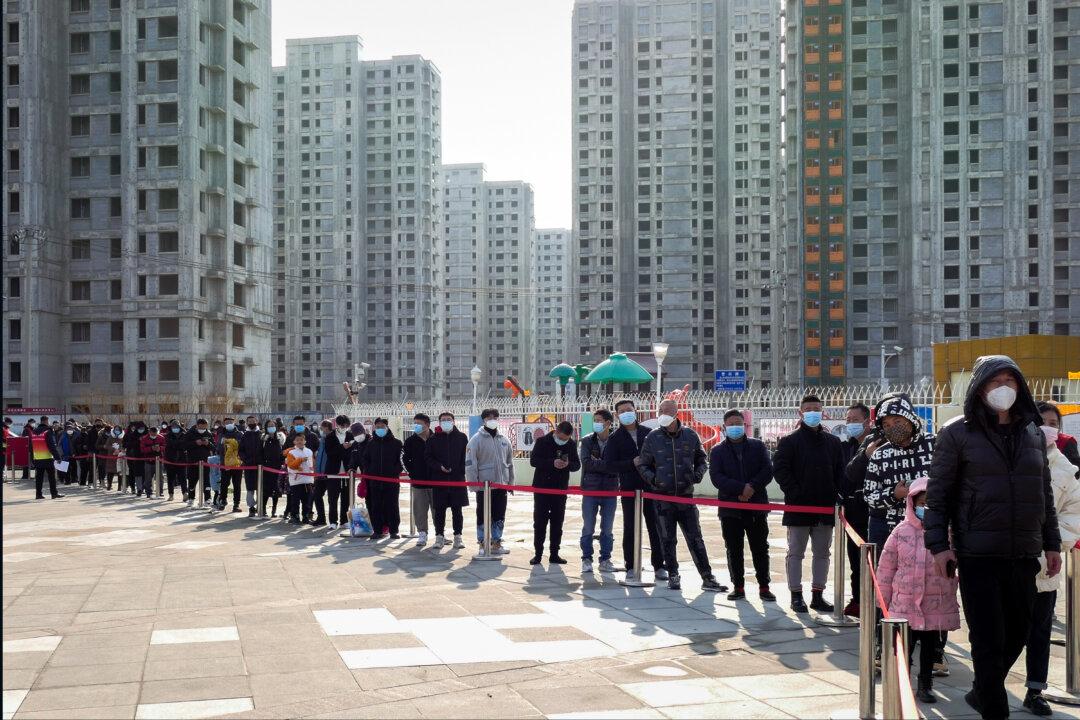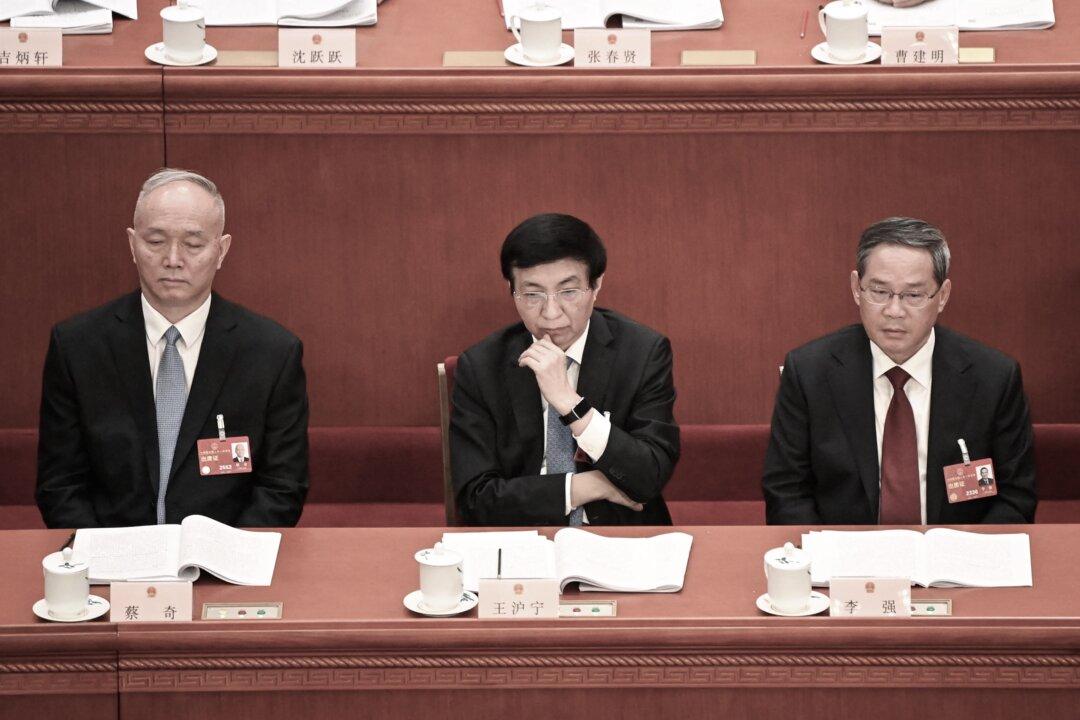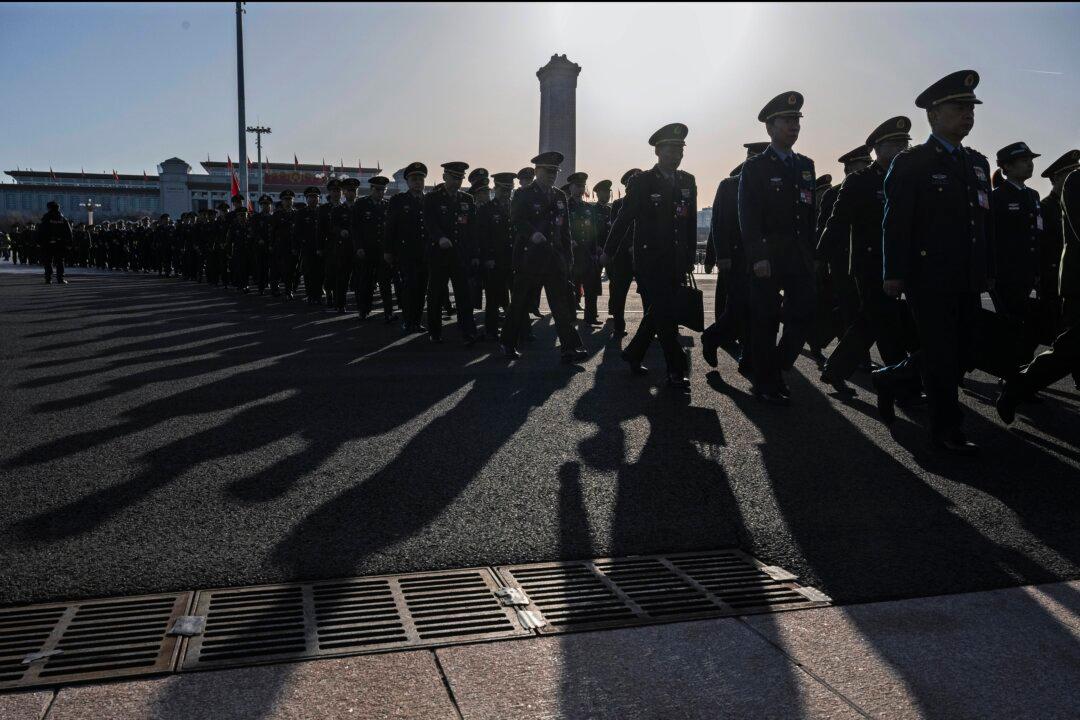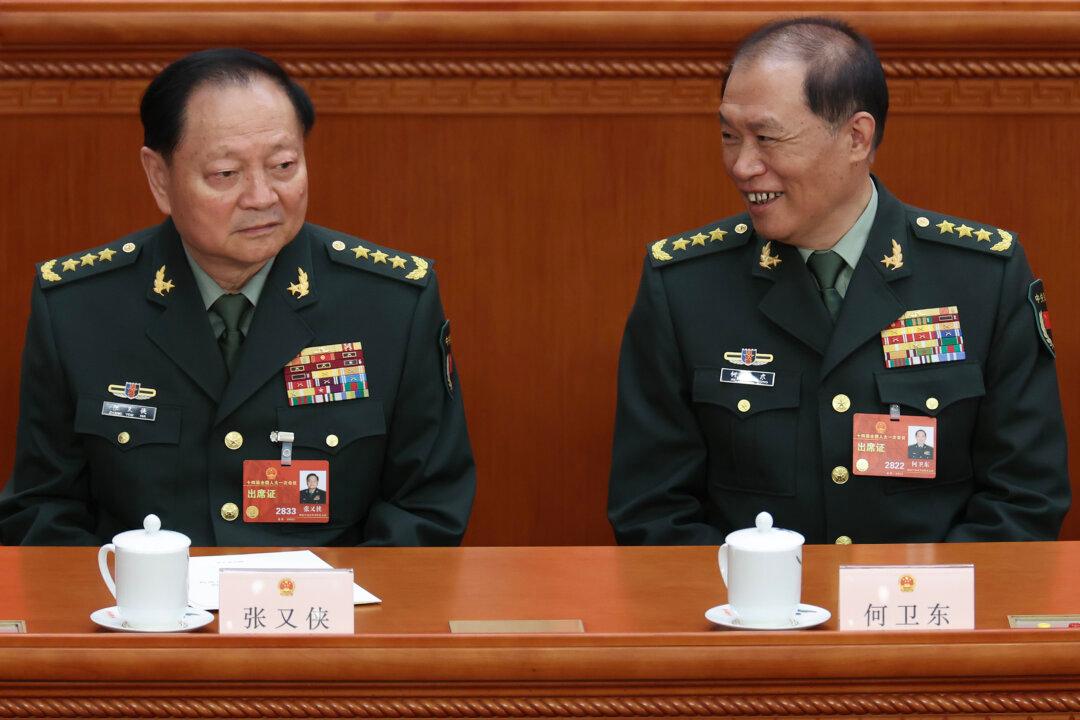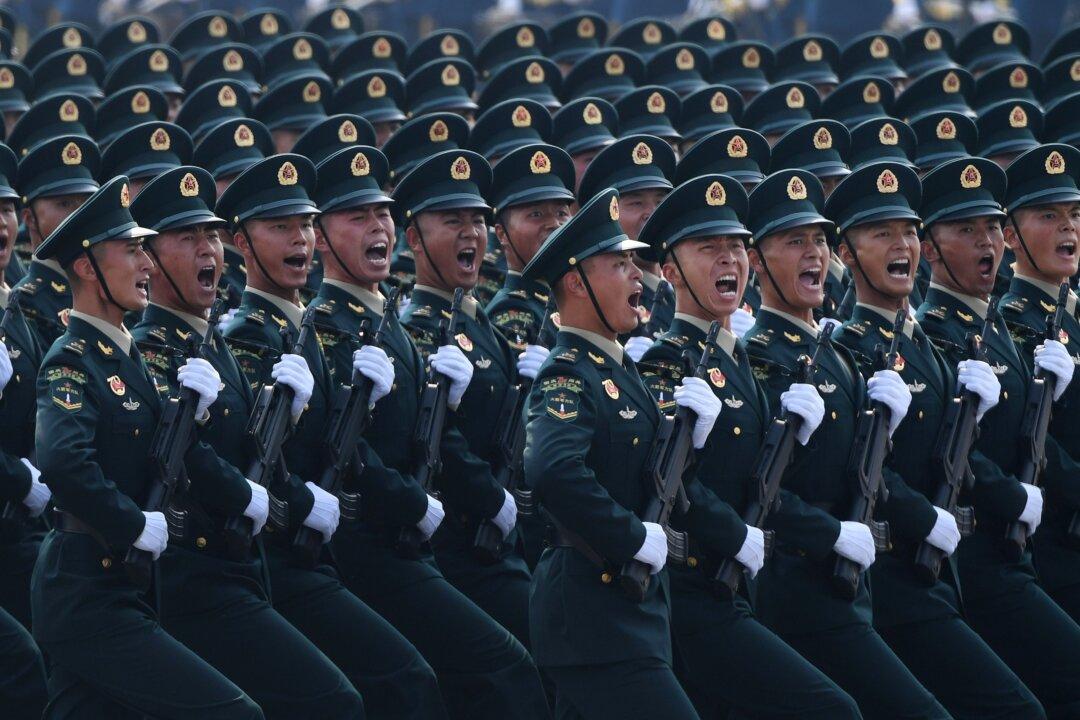As of today, at least 10 Chinese metropolises, each with a population of over 10 million people, have required regular nucleic acid testing for COVID-19 of their citizens. The public is now questioning the cost incurred as well as who should pay those costs.
Nucleic acid tests for COVID-19 are also known as PCR tests. The regular testing, as required by China’s Zero-COVID policy, now mandates that residents must present a negative PCR test completed within 48 or 72 hours to ride the subway or enter a public facility. In other words, most people have to do 1 to 3 nucleic acid tests per week in order to maintain a normal life.
